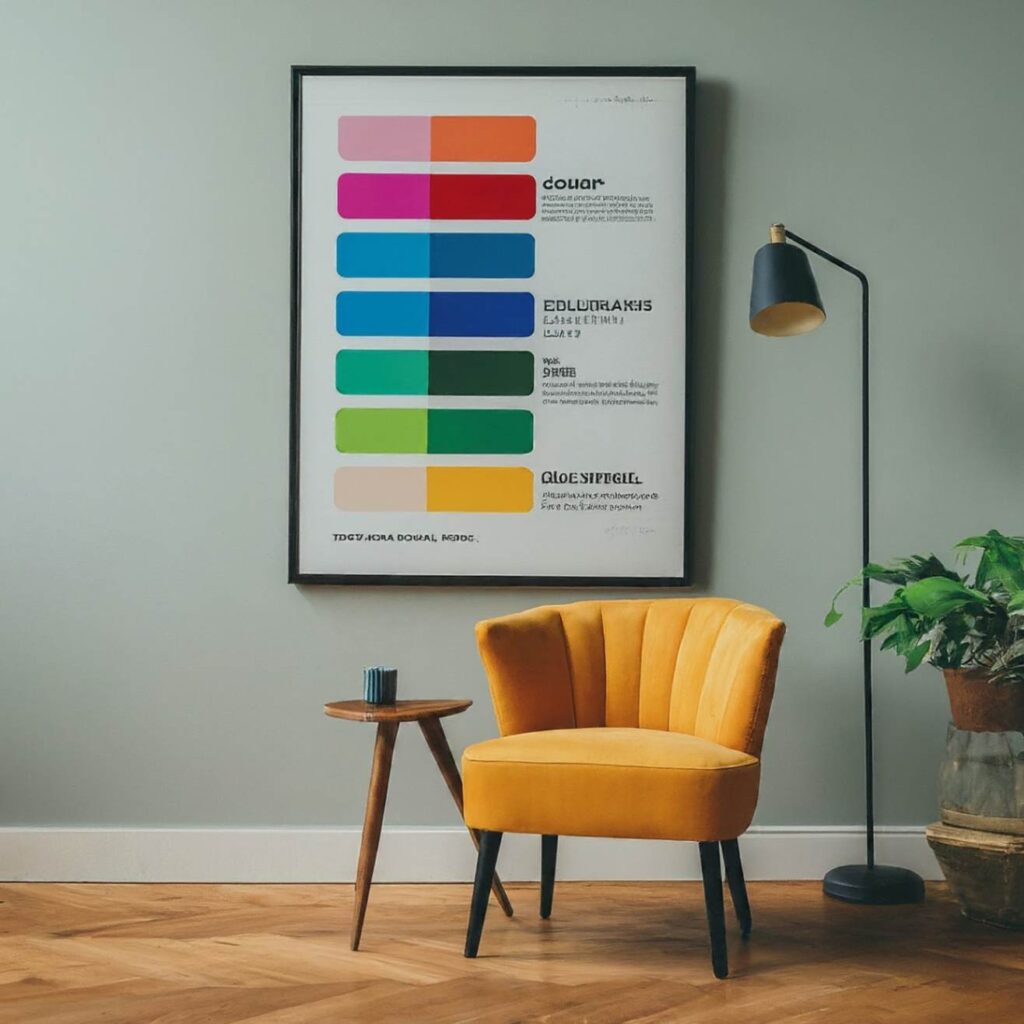How to Choose the Right Colors for Your Home Fit-Out
Choosing the right colors for your home is important because it affects how your space looks and feels. To pick the best colors, think about how colors impact mood, follow current trends, and use practical tips. Knowing what colors do to our emotions, staying up-to-date with color trends, and using smart strategies will help you design a home that matches your style and needs.Picking colors that match your vision for each room will help create a cozy and pleasant atmosphere that makes everyday living better.

Step-by-Step Guide to DIY Painting and Wall Treatments
Understanding Color Psychology in Home Improvement
What is Color Psychology?
Color psychology studies how different colors affect our feelings and behavior, which is useful for improving your home. By understanding this, you can design your space to fit your lifestyle and mood. For example, bright, warm colors are great for social areas, while cool colors work well for relaxing spaces. Though more research is needed, color theory suggests that choosing the right colors can boost your mood and well-being. Using color psychology, you can create a home that feels harmonious, comfortable, and positive, making daily life better.
How Colors Influence Mood and Behavior
Color psychology shows that warm colors like reds, oranges, and yellows can energize and make people feel happy, optimistic, and passionate. They’re great for spaces where you want lots of activity and energy. Cool colors like blues, greens, and purples are calming and relaxing, making them perfect for places where you unwind and relax. Neutral colors such as whites, grays, and beiges provide a balanced background and are flexible for different design styles. Knowing how these colors affect mood can help you design spaces that fit your emotional and practical needs, improving the overall feel and use of your home.
Using Colour Psychology in Home Improvement
Using color psychology in home improvement can really affect how your space feels and works. Knowing how different colors affect emotions helps you create the right mood for each room.
For living areas, warm colors like soft blues and warm beiges make the space feel cozy and inviting. They’re great for creating a comfortable atmosphere. For more energetic areas, bright colors like teal or mustard yellow add a lively and fun vibe, perfect for social gatherings.
In bedrooms, soft blues, lavenders, and gentle greens help you relax and sleep better. These calming colors make the room feel peaceful and serene, which is great for unwinding.
In home offices, colors like green and blue can help you stay focused and clear-headed. These colors support productivity and concentration.
By using color psychology, you can design your home to match your needs and feelings, making it a better place to live and work.
Evaluating Room Size and Lighting
When choosing lighting for different rooms, it’s important to match the light level to the room’s needs. Generally, living rooms need about 100 lumens per square meter, while kitchens and bathrooms need around 300 lumens per square meter.
The color of the room also affects how light works: light colors reflect more light, while dark colors absorb it. Using lighting calculators and considering the room’s size, layout, and your preferences helps you find the right amount of light for each space. This ensures that your home is well-lit and looks good.
How Natural Light Influences Colour
Natural light changes how colors look in a room. Sunlight varies during the day and year, which affects color appearance. In south-facing rooms, where the light is cool and bluish, colors with green or grey might not look right. Warm colors like soft whites and yellows work better because they reflect light well.
Different types of artificial light—like incandescent, fluorescent, and halogen—also change how colors appear. Each type of light affects colors in its own way. Knowing how both natural and artificial light impact colors helps you choose the best colors for your space.
Adapting Colours for Small vs. Large Spaces
When choosing colors for small or large spaces, think about how they affect the room’s look and size. In small rooms, lighter colors like soft pastels and off-whites make the space feel bigger and more open. In larger rooms, deeper colors add warmth and make the space feel cozier. Using one color throughout a small room helps keep it looking unified, while using different colors in a large room can add interest and depth. Understanding how colors change the feel of a space helps you get the look and function you want.
Developing a Cohesive Colour Scheme
To create a balanced color scheme, start with a main color and add other colors that match well. A good method is the 60-30-10 rule: use the main color for 60% of the space, a second color for 30%, and an accent color for the remaining 10%. This mix creates a pleasing look. You can also use different shades and tones of these colors to add interest. Understanding how colors affect mood and choosing colors that fit the room’s purpose helps you create a cohesive and attractive look.
The Role of Accent Colours in Interior Design
In interior design, accent colors are important for adding depth, contrast, and interest. These bold colors are used in small amounts to balance and add drama to a room.The 60-30-10 rule is helpful: use one main color for 60% of the room, a second color for 30%, and an accent color for 10%. Accent colors make simple designs more exciting and can highlight certain areas. Using accent colors effectively makes a room look lively and well-put-together.